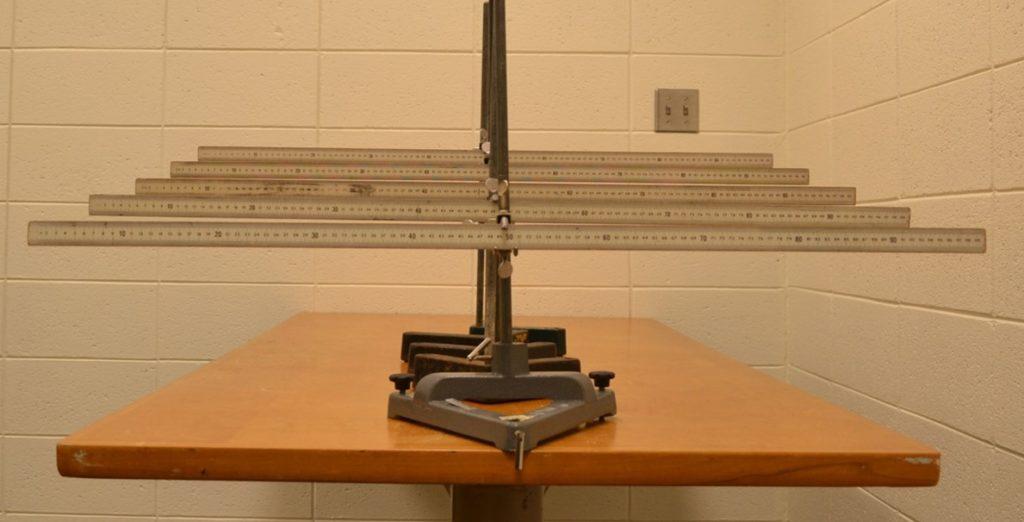John Zwart, Kayt Frisch, and Tim Martin, Dordt College, Sioux Center, IA
Video analysis experiments have strong potential to reinforce student learning and build intuition; however, in the intro physics lab, students often find experimental values that are substantially different from the expected results (e.g., a curve-fit derived value for g of 11.59 ±0.02 m/s2 for a tossed golf ball). Despite giving students specific instructions for setting up video equipment, we frequently see poor experimental results. This suggests that small variations in the experimental setup produce significant systematic errors. We investigated what happens when students deviate slightly from two specific tips: “place a ruler, meter stick, or other scale item in the same plane as the motion being recorded” and “position the camera so the line of sight is normal to the plane of motion.” We also investigated the effect of different focal length choices, specifically a wide-angle setting (shortest focal length, widest field of view, objects appear smaller) and a telephoto setting (longest focal length, narrow field of view, objects appear larger).
To investigate the “place a ruler, meter stick, or other scale item in the same plane as the motion being recorded” tip, we used an array of meter sticks and measured distance relative to the center meter stick (Fig 1). We found that when using the wide-angle setting, an object placed 40 cm in front of the reference meter stick would appear 40% larger than its actual size, while an object placed 40 cm behind the reference meter stick would appear 20% smaller than the true size. The effect diminished to 10–15% for the normal and telephoto settings. For a student’s experimental setup, this means that the apparent distance traveled by a tossed ball would appear longer or shorter than the actual distance.

We investigated the second tip “position the camera so the line of sight is normal to the plane of motion” by drawing line segments on a poster board (Fig 2A) and placing the camera at a distance that filled the field of view for each lens setting. We rotated the camera so that the right side of the board was closer to the camera (Fig 2B) and measured the apparent length of line segments at the corners of the board compared to the reference length in the center of board. We observed that this error results in size discrepancies of nearly 20% when using a wide-angle setting, though it was less of a problem at the telephoto setting (Fig 2C). For a student’s experimental setup, this means that the apparent distance traveled by a tossed ball would change as it moved across the image.

Our results show that significant systematic errors can occur for relatively small deviations from ideal camera/reference placement, particularly when using a wide-angle lens. If you use a zoom lens, standing farther away and using the telephoto setting will reduce the likelihood of these types of systematic errors. When using a fixed lens that is wide angle (such as a typical cell phone), you need to be particularly careful when setting up the video collection equipment.


